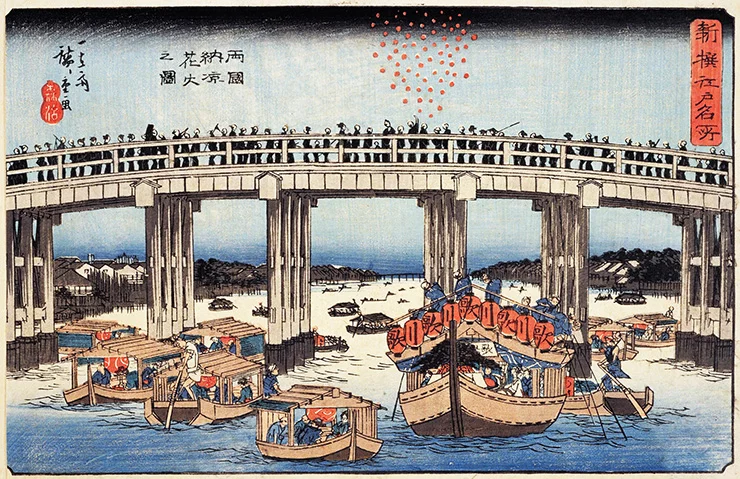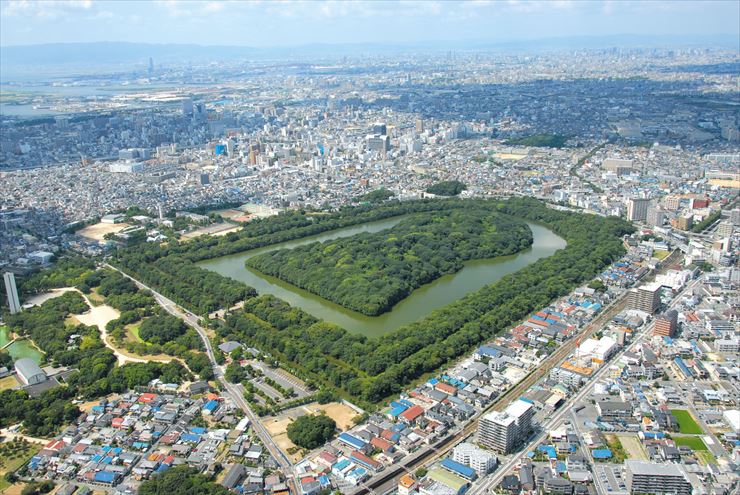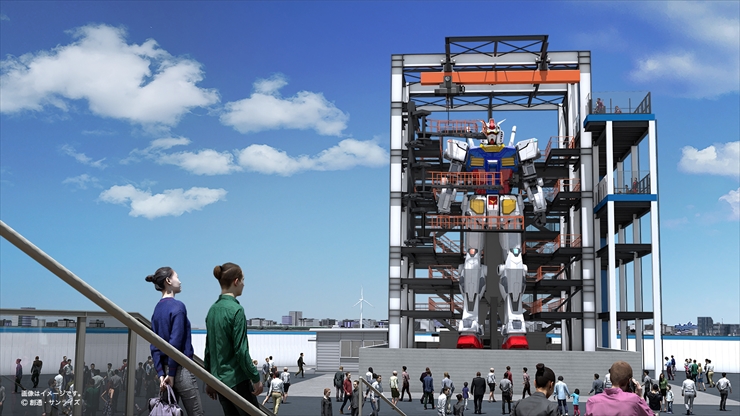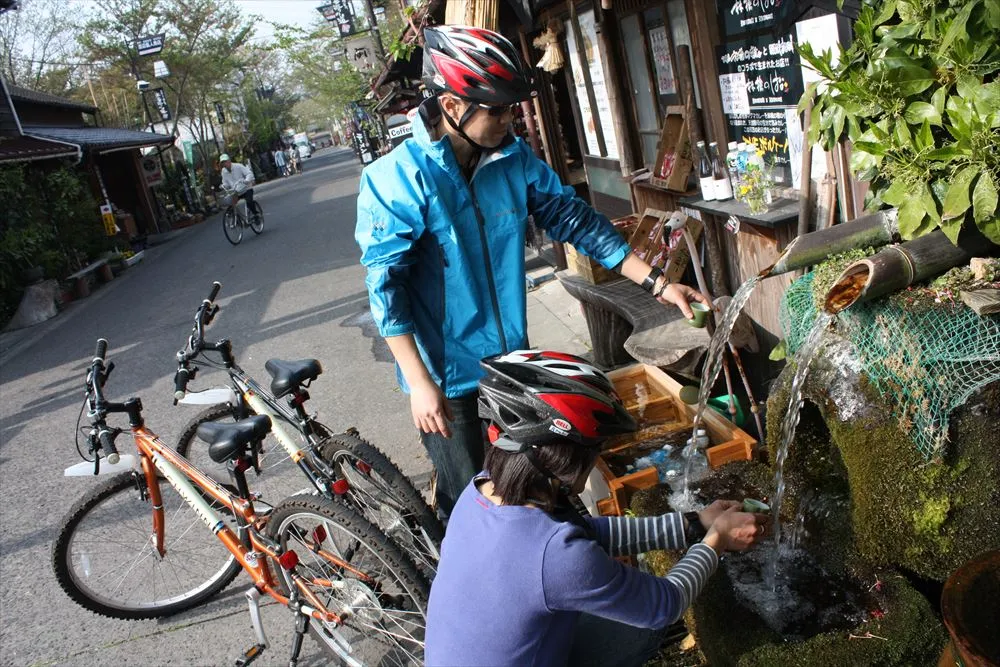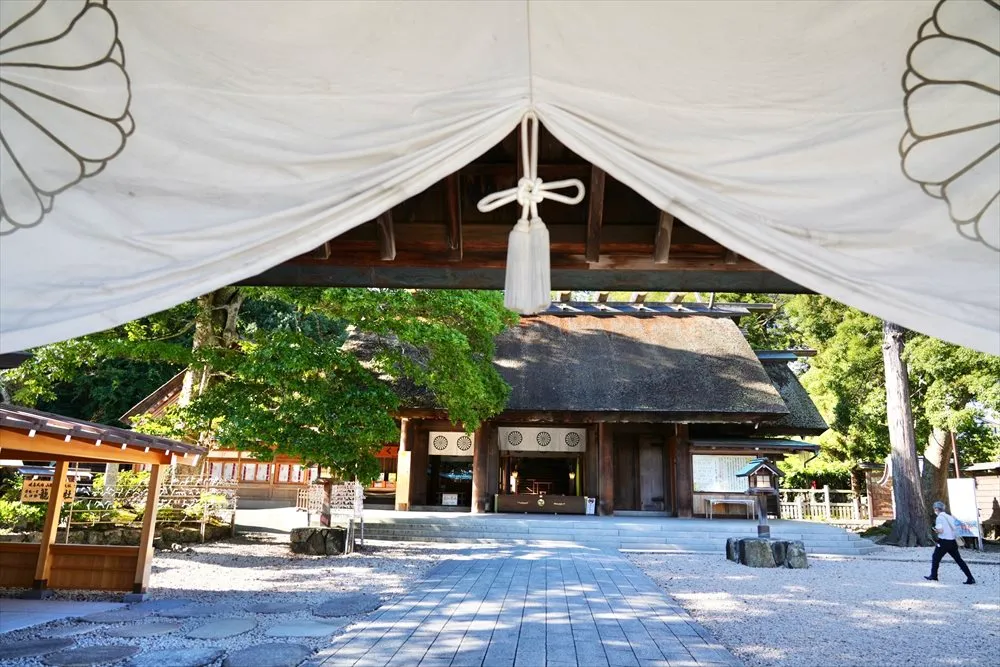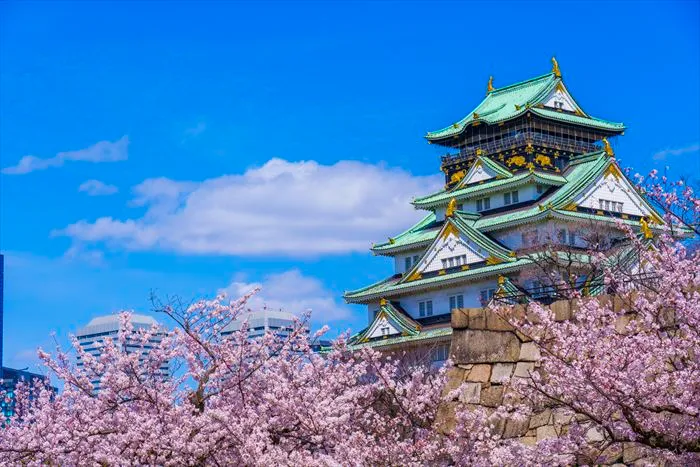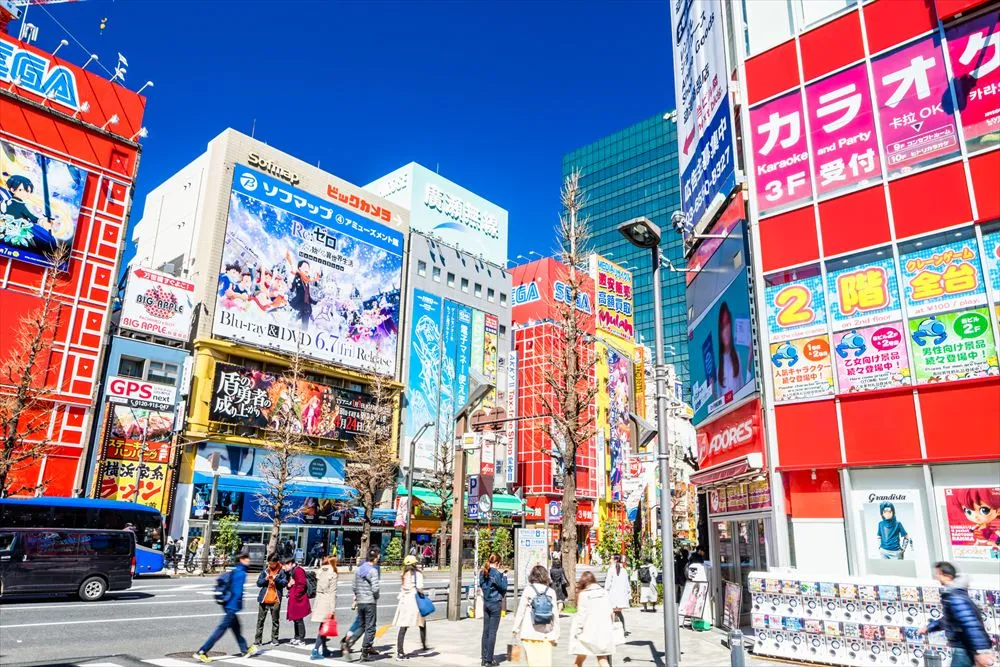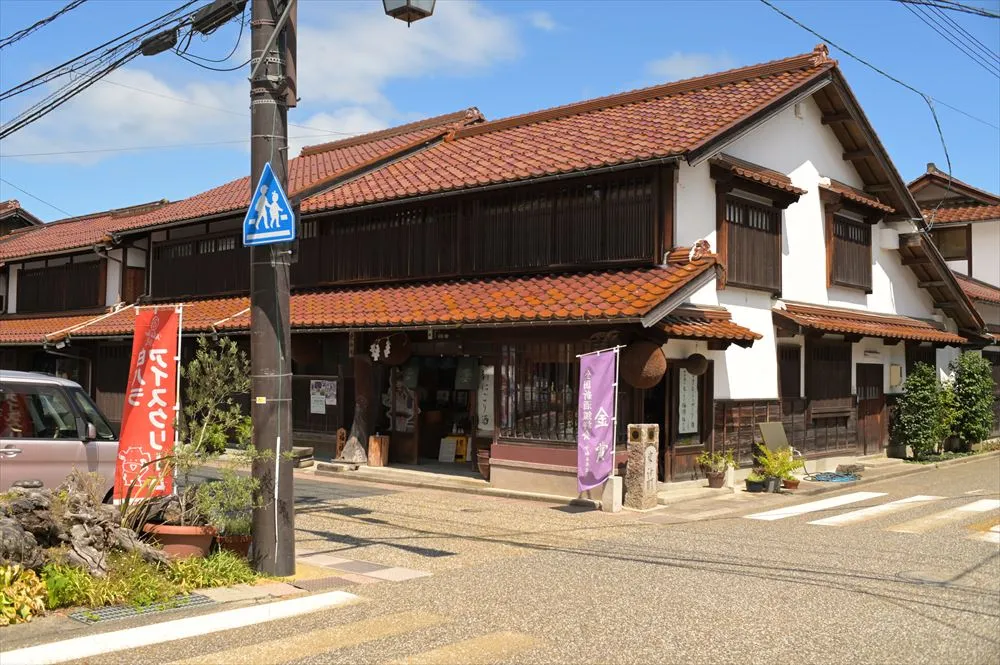Congratulations! New gengo (era name) “Reiwa”
From Heisei to Reiwa
On May 1, 2019, the Japanese era name, called “gengo,” changed from “Heisei” to “Reiwa” (meaning “beautiful harmony”). The person who was the Crown Prince until April 30 became the new Emperor at the beginning of May 1, and the gengo was also changed. The former Emperor, who abdicated on April 30, became the Emperor Emeritus.
It is said that the character “令 (rei) ” means “blessed and lucky” and “和 (wa)” means “friendly and harmony.”

“Reiwa,” the 248th gengo since “Taika”
“Reiwa,” the 248th gengo since “Taika” It is believed that Japanese gengo started with “Taika” in 645. There was a period when gengo was not used, but after “Taiho” which started in 701, the gengo has been continuing until the present for more than 1,300 years. “Reiwa” is the 248th gengo.
What is gengo anyways?
Do you know what gengo actually is? Gengo started to be used more than 2,000 years ago in China, called “Tang” at that time. The culture traveled to Japan, resulting in utilization of gengo in Japan. Since the Meiji period (started in 1868), there has been a custom to change the gengo at the time of accession of an emperor; however, before that, the gengo was changed due to various reasons, such as when a series of disasters (earthquakes, fires, etc.) happened or when signs of good luck (e.g., a rare turtle with a shell pattern resembling the Big Dipper was found) appeared. It is said that the changing of the gengo had the meaning of resetting from the previous era and starting all over from zero.

The relationship between gengo and the Gregorian calendar year
The relationship between gengo and the Gregorian calendar year is as follows:
- 1868 = Keio 4 = Meiji 1
- 1912 = Meiji 45 = Taisho 1
- 1926 = Taisho 15 = Showa 1
- 1989 = Showa 64 = Heisei 1
- 2019 = Heisei 31 = Reiwa 1

A gengo tour
It may be a rather long way, but how about travelling from Taisho, Showa, to Heisei to commemorate the change of gengo? You can start from Taisho Station in Osaka City (Osaka Prefecture). It serves as a transfer station for JR West Osaka Loop Line and Osaka and Osaka Metro Nagahori Tsurumi-ryokuchi Line as well as the nearest station for Kyocera Dome. The next Station should be Showa Station, which is located in Kawasaki City (Kanagawa Prefecture). This JR East Tsurumi Line station is in an industrial area. On May 5, 1980 (Showa 55), the station was swamped with people who wanted to buy a ticket with a line of “5”s along with the name of the station, largely increasing the revenue of the station. The next one should be Heisei Station. This station on JR Kyushu Hohi Line is located in Kumamoto City (Kumamoto Prefecture). Unfortunately, there is no “Reiwa Station” at this moment, but we may expect one in the future.

May the era of Reiwa be a wonderful era for all!
